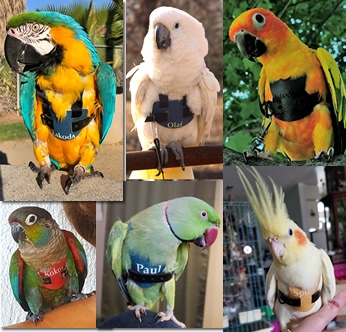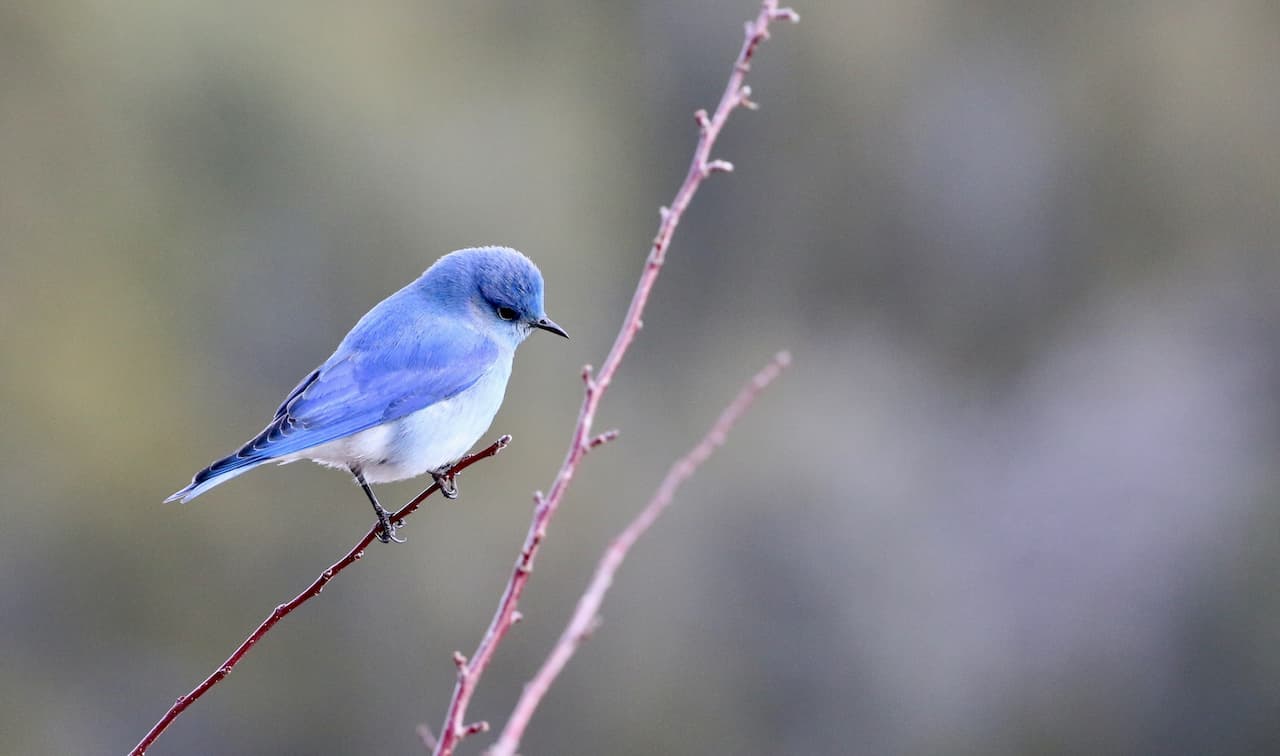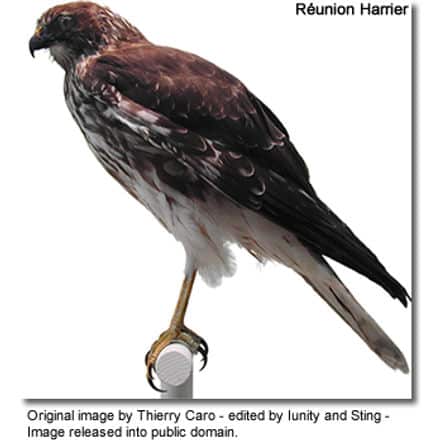Northern Wheatear or Wheatear
The Northern Wheatears or Wheatear (Oenanthe oenanthe) is a small passerine bird that was formerly classed as a member of the thrush family Turdidae but is now more generally considered to be an Old World flycatcher, Muscicapidae.
It is the most widespread member of the wheatear genus Oenanthe in Europe and Asia.
The Northern Wheatear is a migratory insectivorous species breeding in open stony countries in Europe and Asia with footholds in northeastern Canada and Greenland as well as in northwestern Canada and Alaska.
It nests in rock crevices and rabbit burrows. All birds winter in Africa.
Description
The Northern Wheatear is larger than the European Robin at 14½–16 cm length.
Both sexes have a white rump and tail, with a black inverted T-pattern at the end of the tail.
The plumage of the summer male has grey upperparts, buff throat and black wings and face mask making it a beautiful bird to look at. In autumn it resembles the female apart from the black wings. The female is pale brown above and buff below with darker brown wings.
The male has a whistling, crackly song. Its call is a typical chat chack noise.
Taxonomy
This species was first described by Linnaeus in his Systema naturae in 1758 as Motacilla oenanthe. The generic name, Oenanthe, is also the name of a plant genus, the water dropworts, and is derived from the Greek ainos “wine” and anthos “flower”, from the wine-like scent of the flowers.
In the case of the wheatear, it refers to these birds’ return to Greece in the spring just as the grapevines blossom.
Its English name has nothing to do with wheat or ears but is an altered (perhaps bowdlerised) form of white-arse, which refers to its prominent white rump.
The following are the subspecies of Northern Wheatear:
- nominate oenanthe
- Greenland leucorhoa
- Seebohm’s seebohmi
- southern libanotica
- Cretan virago
- Egyptian rostrata
Migration
The Northern Wheatear makes one of the longest journeys of any small bird, crossing ocean, ice, and desert. It migrates from Sub-Saharan Africa in Spring over a vast area of the northern hemisphere that includes northern and central Asia, Europe, Greenland, Alaska, and parts of Canada.
In Autumn all return to Africa, where their ancestors had wintered. Arguably, some of the birds that breed in north Asia could take a shorter route and winter in south Asia; however, their inherited inclination to migrate takes them back to Africa.
Birds of the large, bright Greenland race, leucorhoa, make one of the longest transoceanic crossings of any passerine. In spring most migrate along a route (commonly used by waders and waterfowl) from Africa via continental Europe, the British Isles, and Iceland to Greenland.
However, autumn sightings from ships suggest that some birds cross the North Atlantic directly from Canada and Greenland to southwest Europe (a distance of up to 2500 km).
Birds breeding in eastern Canada are thought to fly from Newfoundland to the Azores (a distance of 1600 km) before flying onwards to Africa.
Other populations from western Canada and Alaska migrate by flying over much of Eurasia to Africa.
Status
The Northern Wheatear has an extensive range, estimated at 2.3 million square kilometres (0.87 million square miles), and a large population estimated at 2.9 million individuals in the Old World and the Americas combined.
The species is not believed to approach the thresholds for the population decline criterion of the IUCN Red List (i.e., declining more than 30% in ten years or three generations), and is therefore evaluated as Least Concern.





